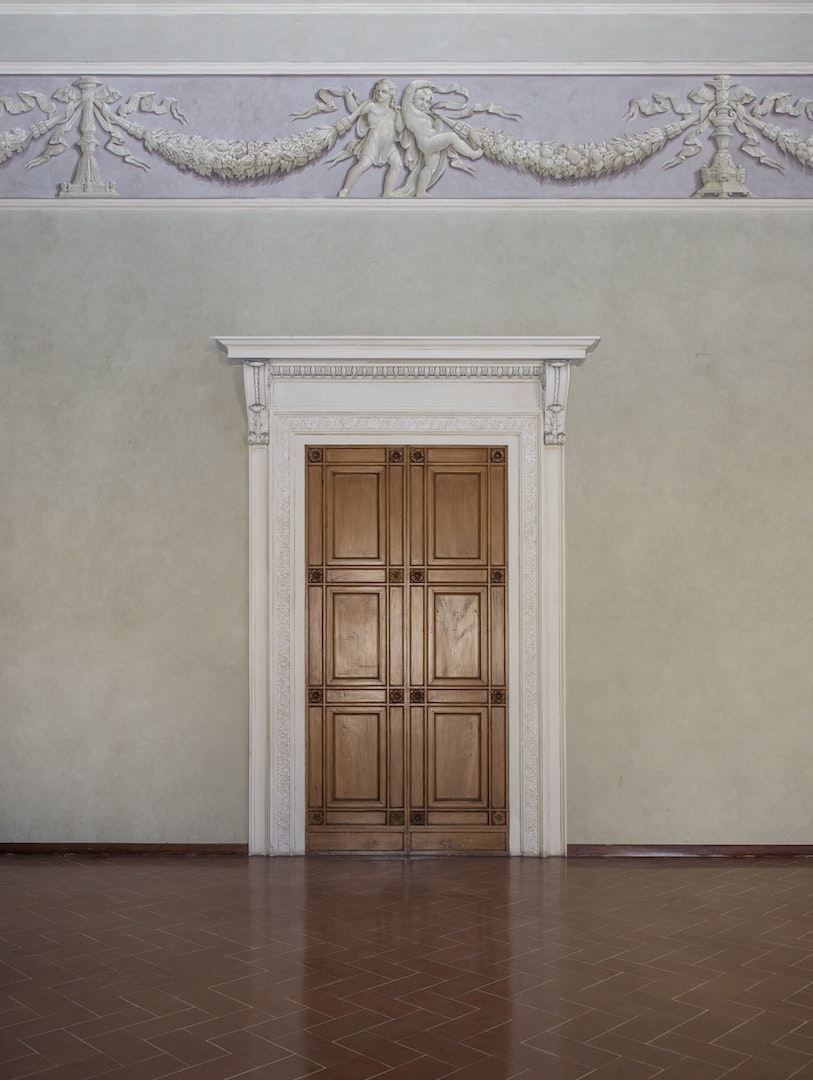The project
It's a short step from school to museum. How to tell and transmit the history and richness of the Italian language to the new generations? From the first words written in the vernacular to the memes of the contemporary language, this vaunted idiom continues to grow and develop. Certainly the strain of the Italian language cannot grow without solid roots. And for those we have to thank Dante, Petrarca, Boccaccio (all characters present in the frescoes of Santa Maria Novella) retracing the footsteps of Machiavelli, Leopardi, Manzoni up to Calvino and Umberto Eco.
Thus was born an ambitious project, that of representing the adventure of the Italian language through the centuries in an ancient but completely renovated space. The Museum of the Italian Language will in fact be developed within the premises of the former New Monastery, now mostly disused and located between via Santa Caterina and via della Scala in Florence.
The Italian language as a "national heritage" to be promoted and enhanced not only in our territory but at an international level. This space, comments councilor Tommaso Sacchi, "will be set in a truly innovative and experimental centre, that complex of Santa Maria Novella which in recent years has acquired a multifunctional conformation which brings together civic, religious, artistic and museum spaces and makes it a unique example of high cultural and social quality".
Work on the new museum will begin as early as 2021 and will involve the ground floor and the main floor with vast rooms to be dedicated to temporary exhibitions, relaxation areas and a refreshment point in the internal square. The exhibition part of the museum will focus on the main floor respecting the architectural characteristics of the complex. The museum will also be completed by laboratory and teaching services as well as a cloakroom and a new bookshop.
Not just a museum, the project which extends over approximately 22,000 square meters of surface area, will also host a section used for civic functions, social housing as well as large events and conferences.
(M.T.)



On the former New Monastery
Originally known as the "Florentine Lateran", it hosted the XVII Council of 1438-39. On the initiative of Eleonora di Toledo, wife of Cosimo I, the environment was initially transformed into a monastery for the nuns of Santo Stefano. With the Napoleonic suppressions it was first used for military use and then as a prestigious girls' college. The majestic spiral staircase designed by Giuseppe Martelli and enriched by a monumental caryatid at its top also dates back to this period (1825).
In 1865, in the five-year period in which Florence held the role of Capital of Italy, the former monastery became the headquarters of the Ministry of Public Works and the Royal Supreme Court of Cassation and the management of the Lotto.
The extensive renovation works completed in 1868: they redeveloped the interiors as well as built two new buildings, one overlooking Via della Scala and the other on today's Piazza Stazione. Once the capital was moved to Rome, the large factory was initially used as a military college (1874) and then occupied by two schools (Liceo Dante and the female and male professional technical school).
In 1915, during the First World War, the property was acquired again by the military authority who incorporated further rooms belonging to the convent of Santa Maria Novella into the structure, promoting new and complex works to adapt the complex to the new function. In 1920 the structure hosted the Carabinieri Non-Commissioned Officers School, which led to the demolition and subsequent reconstruction of the western side of the building, thus connecting the nineteenth-century section of Via della Scala with the ancient convent of Santa Maria Novella.

